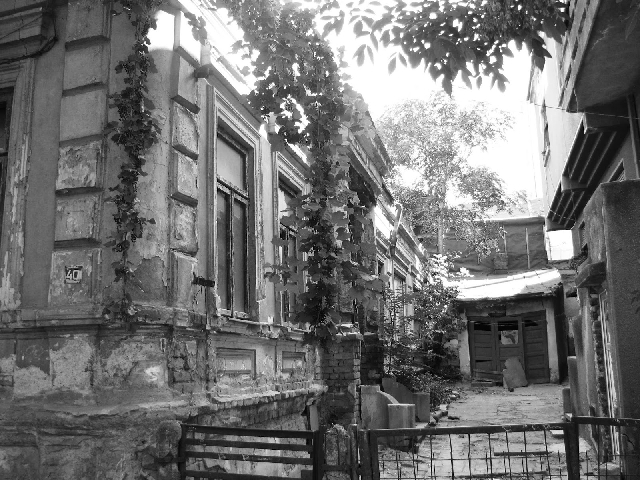Jewish Districts in Bucharest
A look at the first documented evidence of the Jewish districts in Bucharest.

Christine Leșcu, 17.05.2014, 14:00
An undisputed center of regional trade, Bucharest has developed into the city of today mostly thanks the various ethnic groups that settled here. For them, Bucharest was the ideal place to practice their traditional crafts. One such example is the large Jewish community, whose first documented presence in Bucharest was in 1550, nearly a century after the city had been mentioned by documents. At the time, Bucharest was undergoing a period of sustained economic development. In their book “Histories and Images of Jewish Bucharest”, brought out by ‘Noi Media Print’ Publishers, Felicia Waldman and Acna Tudorancea tried to retrace the history of the Jewish community in Bucharest. Felicia Waldman:
“The Jewish community in Bucharest was first mentioned by documents in 1550, so it’s quite an old community. There are earlier mentions of a Jewish presence in the area, but the Jews became a stable community here only in 1550, although the authorities wouldn’t recognize the first Jewish guilds until later. Jewish merchants settled here in 1550, in spite of the fact that they enjoyed no protection from the state. Most Jews came to this region from the Ottoman Empire, even prior to 1550. Most of them were Romaniot Jews who came from the Byzantine Empire. After the expulsion of the Jews from Spain, a lot of Sephardi Jews came to this region, via the Ottoman Empire where they found shelter, for trade with countries in Eastern and Western Europe”.
As they settled in Bucharest, the Jews brought with them new crafts, which had been hitherto unknown to the locals, and which prove the wide professional diversity within the Jewish community.
“Economy-wise, the Jewish community had its own contribution to the progress of the city, as they intermediated trade between Eastern and Western Europe, which is very important since it put Bucharest on the map. The Jews also brought with them crafts that had been unknown to the locals. In the late 19th century, when the first tin and tile roofs were made in Bucharest, which came to replace the wooden roofs – Jews were the only ones who could build them. They were the only ones who had the courage to go on top of a roof. Moreover, around 1897, many of the churches in Bucharest were painted by Jews for the same reason.”
In Bucharest, the Jewish community lived mostly in the suburbs, where they also did their work. The Vacaresti and Dudesti neighborhoods, where the poor used to live, as well as the Popescu neighborhood, hosting the community’s most important synagogue, are still famous today. Anca Tudorancea will be redesigning the map of the Jewish communities in the old Bucharest.
”All these trades and crafts were actually adjusted to Bucharest’s social and professional structure. The districts they lived tell a lot about their living standards and their occupation. The commercial elite, for instance, could be found on Victoria Boulevard and its surroundings, while the Old City Center with the Lipscani Street was the place where the trade with textiles flourished. We slowly get close to the outskirts, on the Dudesti Road and the Vacaresti Road, where access was much more difficult and where well-to-do people did not go shopping. “
Except for the Old City Center, most of Bucharest’s historical neighborhoods no longer look as they used to. Unfortunately, they were significantly changed by the communist regime’s different urban planning.






























